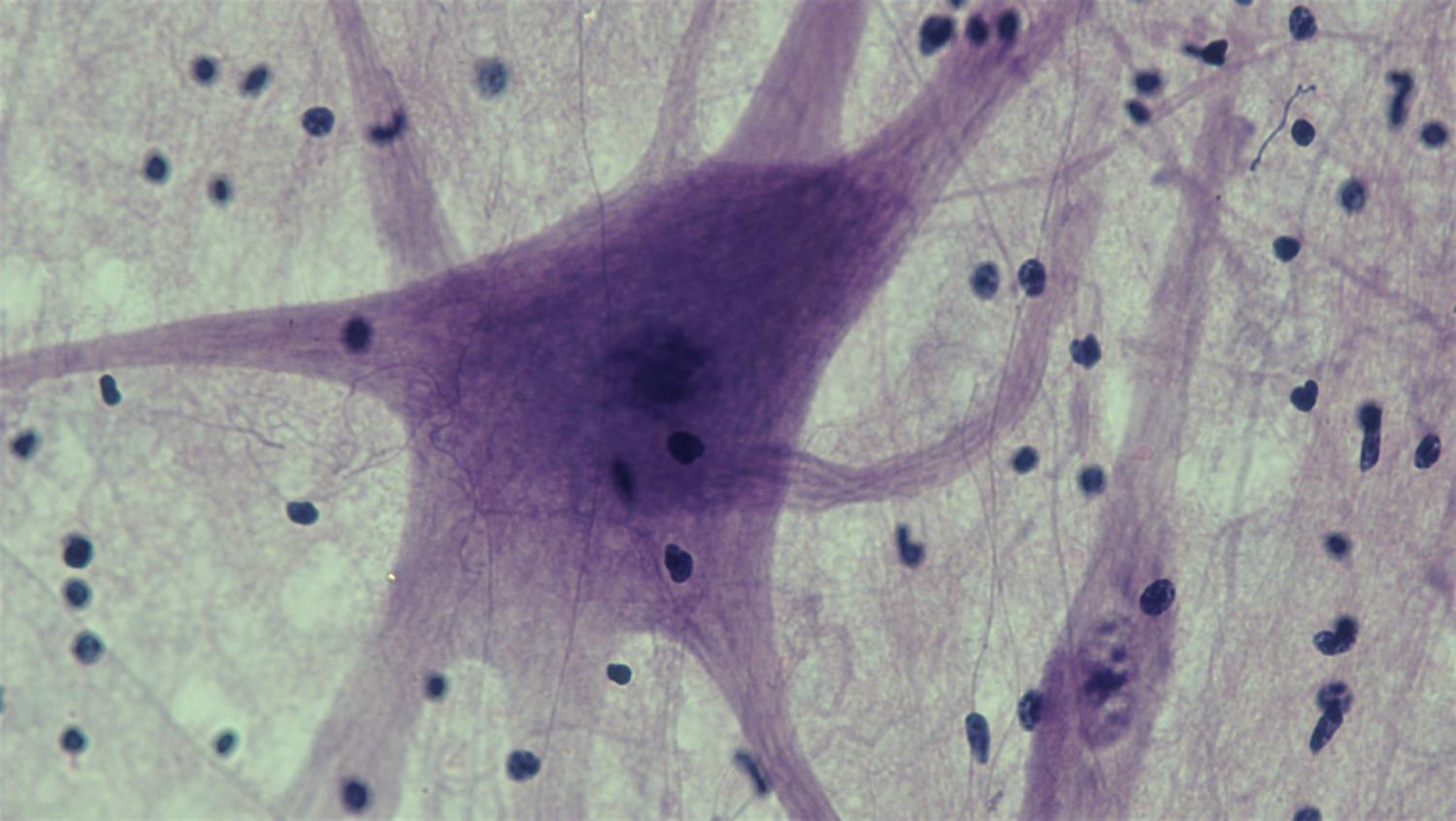
Want to get stories like this straight to your inbox? Subscribe here.
This article is part of series comparing the similarities and differences between ALS and other commonly associated neurodegenerative diseases. For further reading, see our past articles on ALS vs PLS and ALS vs MS vs Parkinson’s Disease.
Amyotrophic lateral sclerosis (ALS), also known as motor neuron disease and Lou Gehrig’s disease, is part of a larger family of conditions called neurodegenerative diseases. Neurodegenerative diseases are all characterized by the degeneration of death of neurons – the cells in the brain and spinal cord that, among other things, transmit information from the brain to the muscles of the body.
Two other common examples of neurodegenerative diseases are Huntington’s Disease and Spinal Muscular Atrophy. These two conditions are often associated with ALS – they can result in similar symptoms, and are sometimes considered as possibilities during the ALS diagnosis process. However, there are some big differences between these three diseases.
Huntington’s Disease
Huntington’s disease is a condition that causes the progressive breakdown and death of nerve cells in the brain. It is caused by a known hereditary genetic mutation of the fourth chromosome. This is very different from ALS, of which 10% of cases are caused by a variety of inherited genetic mutations, while the other 90% are sporadic, and the causes are unknown. Huntington’s disease also tends to set in at a younger age than ALS. While it can appear at any time during life, the majority of people experience onset between the ages of 30-50.
Perhaps the biggest difference between Huntington’s disease and ALS, however, is that Huntington’s causes cognitive as well as physical impairment, while in most cases ALS leaves the mind unaffected. The symptoms often begin with physical symptoms uncontrolled movement in the arms, legs, face, as well as cognitive problems like confusion, a loss of attention span, depression, anxiety, increased anger and irritability, and insomnia.
Like ALS, the disease is always fatal, and the rate of progression is highly variable. People generally live with Huntington’s disease longer than ALS – generally from 10-30 years. As it progresses, people living with the disease will eventually need round-the-clock care, losing the ability to move and speak. While there are treatments available to alleviate some symptoms, as with ALS, there are currently no drugs or treatments that can slow or stop the progression of Huntington’s disease.
Spinal Muscular Atrophy
Spinal Muscular Atrophy (SMA), like Huntington’s disease and some forms of ALS, is an inherited genetic neurodegenerative disease. The most common form is caused by mutations in a gene called SMN1, although there are several other forms. All cases, however, are known to be linked to inherited mutations, unlike ALS. The disease causes the progressive death of motor neurons in the spine and brain stem. As the disease progresses this leads to the atrophy of the muscles throughout the body – although the severity is highly variable depending on the age of onset.
Cases of SMA caused by mutations in the SMN1 gene are divided into 4 categories, corresponding to the age of onset – unlike ALS, it often appears in children, and it can even occur in infants. SMA type 1 appears in children less than 6 months of age, and evidence can even be seen in utero in some cases. If left untreated, babies with SMA type 1 will never be able to sit up on their own, and will have trouble breathing and swallowing. Most do not live beyond age 2.
SMA tends to be less severe when onset occurs later in life. SMA type 2 appears between six-18 months. Infants with the disease usually are able to sit on their own, but will never be able to stand or walk. SMA type 3 appears after 18 months, and usually results in trouble walking, eventually requiring the use of a wheelchair in most cases. With treatment, and depending on how the disease affects each individual’s breathing function, people with SMA type 2 and SMA type 3 may go on to live a normal lifespan. SMA type 4, or adult-onset SMA, occurs in people over 21 years old, and is extremely rare. It usually results only in mild to moderate muscle weakness.
Similar Diseases, Similar Treatments?
While ALS, Huntington’s disease, and SMA can have very different prognoses, they share a similar method of attack against the body – they all cause the deterioration and death of motor neurons. Therefore, many drug candidates featuring neuroprotective compounds are often tested in two or even all three of these diseases – sometimes simultaneously.
For potential ALS treatments, the ALS Therapy Development Institute (ALS TDI) will continue to search for effective treatments and cures while hopefully contributing to science’s overall understanding of the mechanisms of many neurodegenerative diseases.
What Do You Want to do Next?